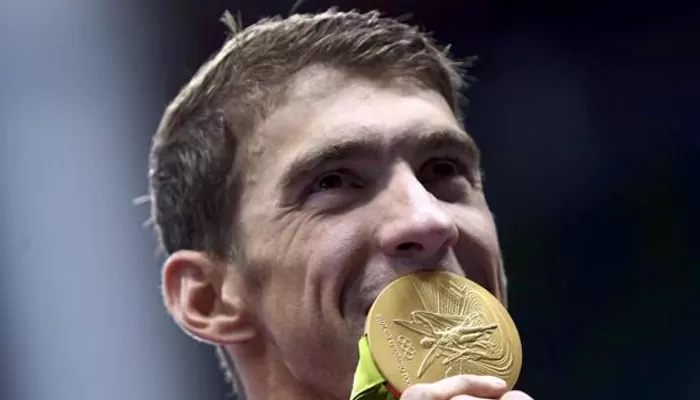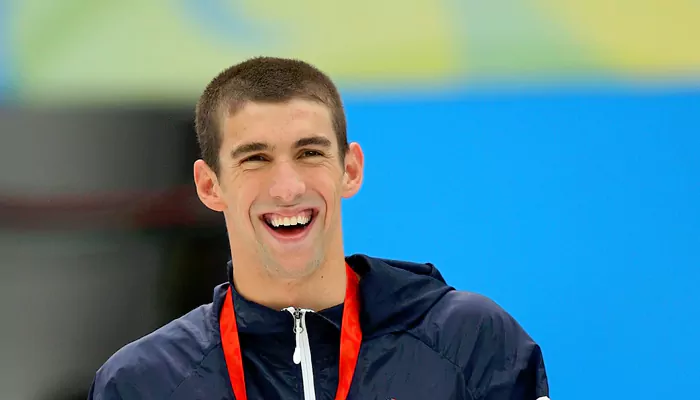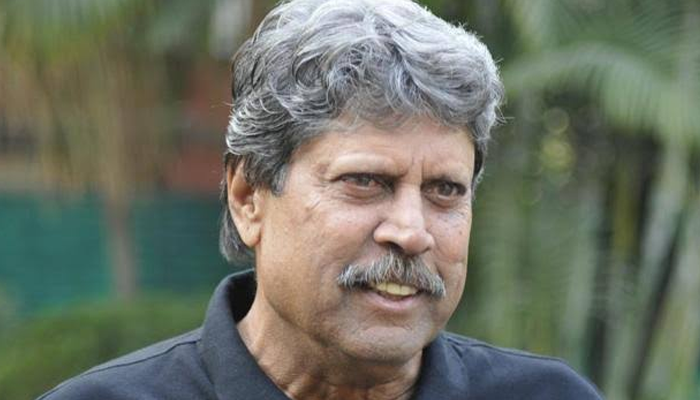On This Day ( June 30): Happy B’day, Michael Phelps! Five Intriguing Facts About the Olympic Champion
- Admin
- 1 year ago
- 3 minutes read
 Happy B’day, Michael Phelps! Five Intriguing Facts About the Olympic Champion.webp)
As he progressed in the sport, he earned numerous awards across various age categories and competitions
Michael Phelps is celebrated as the supreme swimmer of all time and the most decorated athlete in Olympic history. He first captivated the world during the 2000 Sydney Olympics, where he qualified for the games at just 15 years old, marking a remarkable achievement. While he didn't clinch any medals in his debut, his entry into the Summer Games at such a young age set a new record.
Throughout his remarkable career, Phelps accumulated a plethora of records and accolades, with his enduring success setting him apart in the sport. Born in Baltimore, Maryland, on June 30, 1985, he embarked on his swimming journey at seven. He earned numerous awards across various age categories and competitions as he progressed in the sport. As he celebrates his 39th birthday, let us delve deeper into the lesser-known facts about him.

Michael Phelps stands proudly with his gold medal during the men's 4x100m medley relay ceremony
The impact of his exceptional wingspan
Phelps possesses a wingspan of 6 feet 7 inches, which exceeds his height of 6 feet 4 inches by three inches. This physical trait provides him with a distinct advantage in competitive swimming. His body is ideally suited for the sport, featuring a long torso, shorter legs, and large feet that serve as efficient propellers in the water. Phelps's wingspan-to-height ratio is notably higher than many top swimmers, offering him advantages such as a longer stroke length and enhanced swimming efficiency. These attributes have significantly contributed to his remarkable success in the sport.
Beyond the pool
Phelps began his swimming journey at the age of seven, a path that initially served as a means to channel his energy after being diagnosed with attention deficit hyperactivity disorder (ADHD). Encouraged by his mother, swimming quickly became his outlet and passion. Despite his success, Phelps has managed a mild form of Marfan syndrome, a congenital condition affecting connective tissues. Remarkably, this condition has not significantly hindered his illustrious swimming career.

Credit: Olympics
Michael Phelps at the 2008 Olympics
His Olympic triumph
Phelps boasts an impressive tally of 28 Olympic medals, with 23 golds, three silvers, and two bronzes. His collection of 18 individual gold medals is a testament to his unparalleled success as an individual athlete in Olympic history. At the 2008 Beijing Olympics, Phelps made history by clinching eight gold medals, winning every event he participated in—a record for the most gold medals won by any athlete in a single edition of the Summer Games.
His intense training fuel
During his peak, Phelps maintained an intensive training regimen supported by a high-calorie diet. Reports indicated that he consumed approximately 12,000 calories daily, exceeding six times the recommended intake for an adult male. His diet consisted primarily of high-protein foods alongside carbohydrate-rich options like pasta and whole grains. This nutritional strategy aimed to fuel his rigorous training sessions and support his exceptional athletic performance throughout his career.

Michael Phelps at a conference in India
A final goodbye and carrying on
Phelps announced his second retirement after the Tokyo Olympics in 2021, concluding his career with an impressive tally of 28 Olympic medals, cementing his status as one of the most excellent swimmers in history. Phelps has diversified into several business ventures post-retirement, including endorsement deals, philanthropic efforts through the Michael Phelps Foundation, and motivational speaking engagements. He founded the Michael Phelps Foundation, which advocates water safety and offers swimming lessons to disadvantaged youth.











